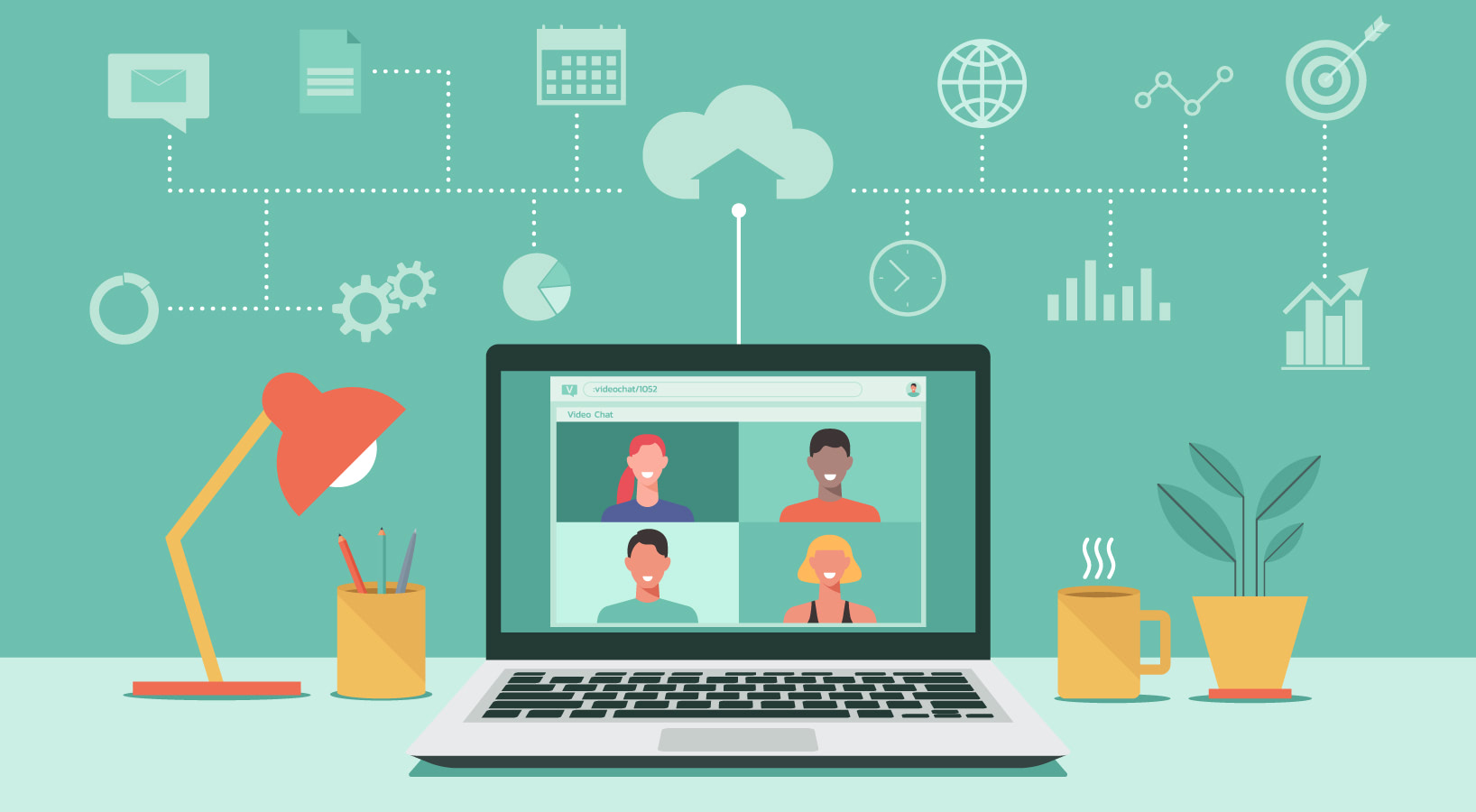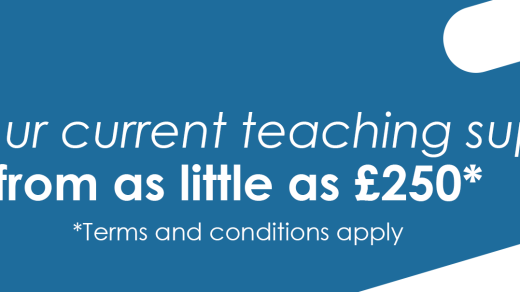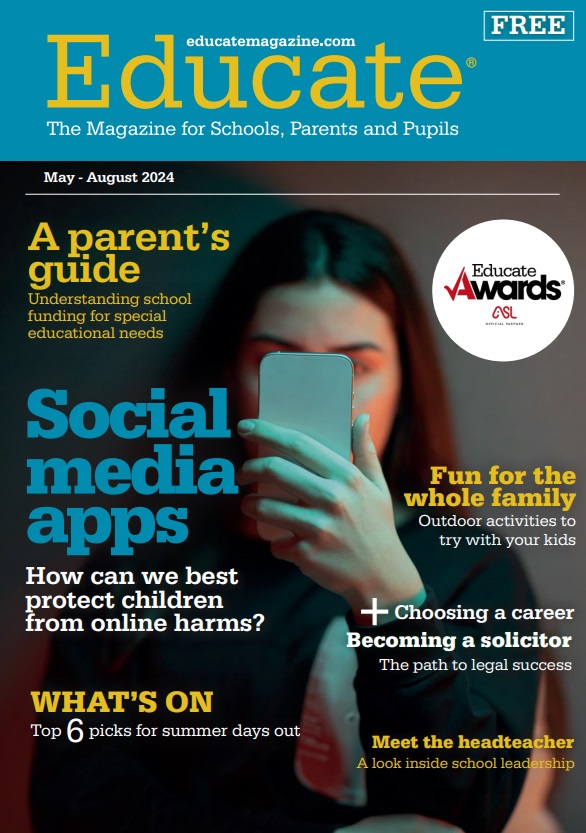A look at remote school learning through the pandemic

New research from the Office of National Statistics (ONS) has revealed that remote learning was, at best, a partial substitute for in-class teaching during the coronavirus (COVID-19) pandemic, as pupils covered substantially less material when working from home than their peers in the classroom, according to teacher assessments.
The difference between the materials covered by remote and in-class pupils was larger for primary schools than for secondary schools; primary school pupils learning remotely covered a much smaller fraction of the learning materials than their in-class peers.
ONS reported that the difference between remote and in-class learning was particularly acute at schools with a higher proportion of pupils eligible for free school meals; remote learners at these schools covered a smaller fraction of in-class learning materials than remote learners at schools with a lower proportion of pupils eligible for free school meals
The research also revealed the proportion of instruction dependent on parents was much higher for primary schools than for secondary schools, and much higher for pupils in Key Stage 1 (aged 5 to 7 years) than pupils in Key Stage 2 (aged 7 to 11 years).
Teachers at schools with lower proportions of pupils eligible for free school meals also reported pupils’ learning being less dependent on parental instruction than teachers at schools with a higher proportion of pupils eligible for free school meals.
Remote learning has been less effective for the teaching of some subjects than for others; teachers reported a larger reduction in materials covered by remote learners relative to in-school learners for arts, including design and technology than for other subjects.
As part of producing the UK National Accounts, the ONS has traditionally calculated the volume of education output in the National Accounts, using the number of students in classrooms in the case of state-funded schools.
At the onset of the pandemic, ONS needed to source new data to reflect properly the amount of remote learning taking place where children could not come into classrooms. These calculations also needed to take account of how much teaching parents or guardians were providing.
The full analysis can be found here.




